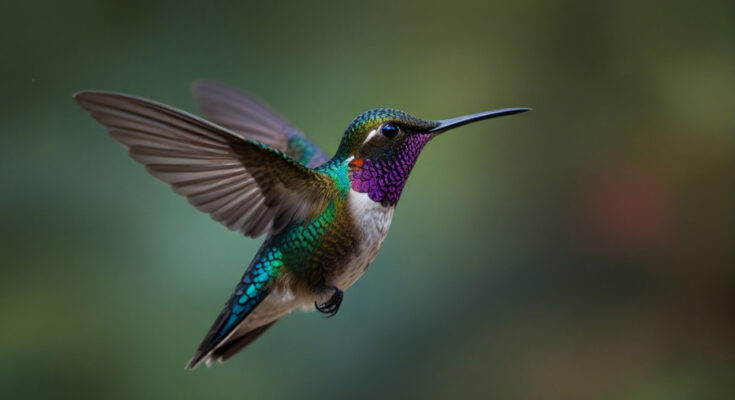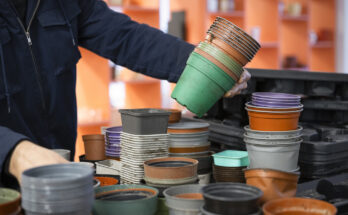The Hummingbird-Favorite Flower That’ll Bring All Kinds Of Pollinators To Your Yard
Planting flowers in warm shades like red, orange, and yellow is one of the best-known tricks to attract more hummingbirds to your garden. While these tiny birds will happily sip sugar water, native flowering plants, like golden Alexander (Zizia aurea), offer a better source of nectar. This yellow, cheerful perennial wildflower is like a magnet for hummingbirds and other pollinators. Not only does it provide a high-quality nectar source, but its flowers are also a good spot for hummingbirds to find protein-rich insects to fuel up on and feed their young. As a bonus, they’ll help control common garden pests like gnats and aphids.
Golden Alexander will turn your yard into a wildlife haven, everything from hummingbirds to butterflies and even seed-eating songbirds. As a larval host plant for the black swallowtail butterfly, their foliage offers a leafy buffet for growing caterpillars. Because host plants can be hard to come by, the adults often stick around when they find a good egg-laying location. Like hummingbirds, butterflies also seek bright, warm colors when searching for nectar, so golden Alexander’s sunny blooms will be sure to catch their eye. Although bees can’t see red like hummers can, they’re drawn to yellow, so these blooms have perfectly-colored flowers to attract all of your favorite pollinators. Additionally, it’s one of the few species that supply nectar for the specialist mining bee, Andrena ziziae. Other short-tongued bees will also love its small, flat-topped flowers that are easier to drink from than larger blooms.
How to grow golden Alexander to bring hummingbirds and other pollinators to your yard
Native to eastern North America, golden Alexander is a stunning wildflower that easily flourishes in many landscapes. It naturally grows in open woods, meadows, and low grassy areas, preferring average, moist, well-drained soil. As a moisture-lover, it’s perfect for rain gardens, though it can stand up to hot, dry summer conditions once established. That said, young plants will need regular watering the first year so they can develop a healthy root system. Although it prefers full to partial sun, it can tolerate some dappled shade when planted underneath shrubs or trees. You can grow this low-maintenance perennial in USDA hardiness zones 3 to 8.
The yellow flower reaches 1 to 2 feet tall with a similar spread, providing cheerful blooms year after year. Its long blooming season starts in early spring, often brightening your yard through early summer. As the seeds mature in summer, most will drop off near the plant, continually providing new flowers to enjoy with each passing season. What doesn’t fall often stays on the plant through winter, attracting songbirds to your garden. Golden Alexander is no doubt a top choice for native and pollinator gardens, but there’s more you can do with this charming species. Use it to fill out bare areas, create a short border, or pair it with compatible pollinator-favorite natives like common milkweed (Asclepias syriaca), bee balm (Monarda), or aster to create stunning, nectar-rich mixed plantings.



